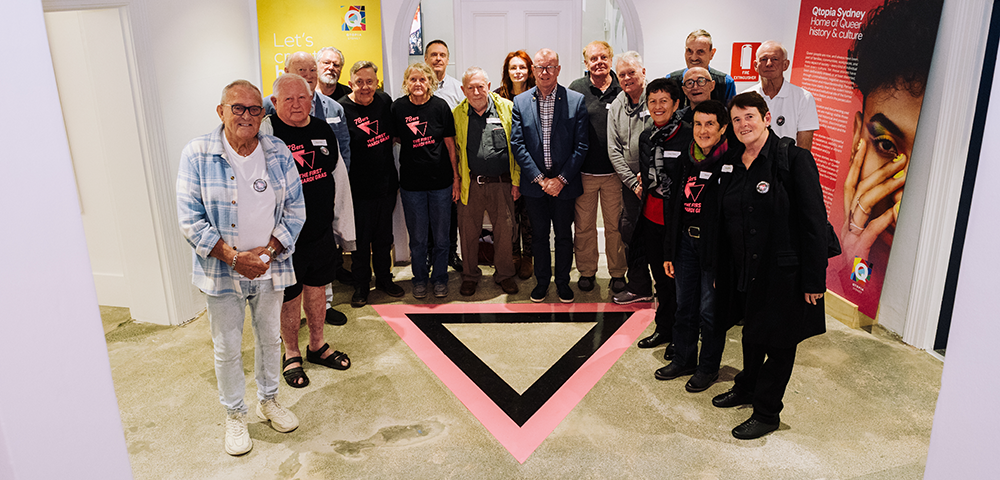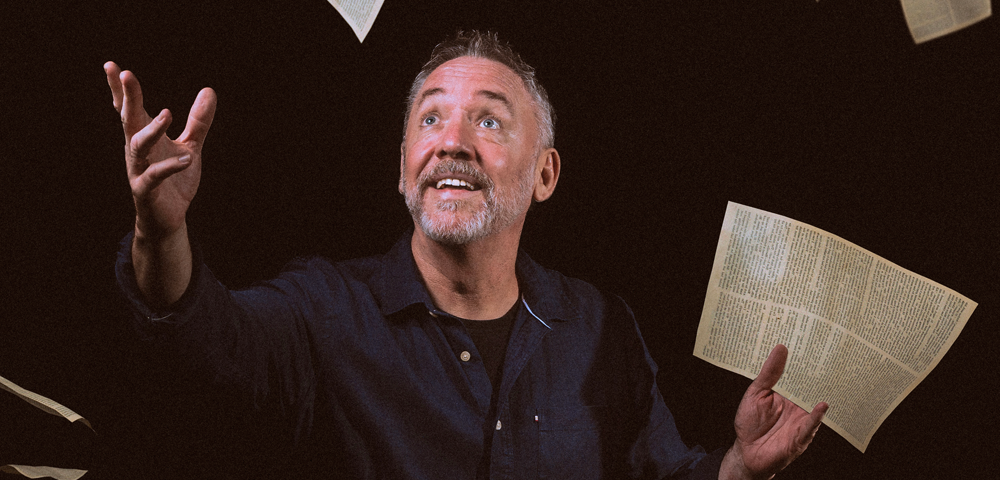
Sydney Festival 1
It was Julian Clary who first cheekily espoused the value of a warm opening, which was happily provided at the Opening Night Party of the 2002 Sydney Festival at City Live Nightclub. The speeches were small, the drinks were large and the venue the perfect medium for mingling with the locally famous and the internationally obscure. The crowd, which featured such disparate celebs as Steve Bisley, Jonathan Coleman and Kerry O’Brien, also included the casts of Kayassine, The Flood Drummers and The Celestial Bells, all shows that had opened that night. So as the drinks flowed, so did the informal theatrical reviews. A certain unnamed publicist especially enjoyed Kayassine, as the trapeze acts are viewed in inclined seats, which (apparently) provoked the sense-memory of a sling. Less arousing were titters about The Flood Drummers, with vague complaints about the show’s length and the hardness of the seats. Luckily, there was no seating at all at City Live, otherwise the furniture talk might have been unstoppable. By 2am, after chatting with various editors, PAs, photographers and journalists, I finally met an actor, who looked sufficiently bohemian to be a visiting acrobat or a musician. I was almost right -“ she was a thespian, but a local participant of Star Wars 2 -“ who had narrowly avoided being ejected from the party for dropping a saxophone on Peter Phelps. It was that kind of night, a younger than average spread of audience as predicted, with the promise of a few bruised heads.
Nothing unleashes the selfishness and savagery of a crowd like the words general admission on a theatre ticket. Which is why everyone queued for a solid half an hour before entering the big dome at Kayassine on Sunday night, a waste of time given that the show is performed in the air. Every seat is a good seat -“ but the show itself is less easily defined.
There are wonders in Kayassine to be sure -“ moments of visual splendour, the refined execution of physical skills, and the quirky yet powerful musical score, which blends a jazz singer, cello and double bass with a jew’s harp. It is ethereal and sweet, but the group’s commitment to move away from a certain crass circus-like showmanship will not please everyone.
It is also peppered with sparkling ideas that are rarely developed further than simple repetition. When eight flyers swing from the darkness to the centre atrium, from all parts of the enormous dome walls, everyone gasps. But the movement is simply repeated and never expanded. Later, when six trapeze artists swing simultaneously in the air, they also fail to make contact. The result is movement in space, but a disappointing lack of exploration or even Barnumesque balderdash.
Please note: There have been various concerned arts pundits worrying (in print) that the presence of the very European Les Arts Sauts will harm the run of Circus Oz, currently playing at Moore Park. The shows could not be more different. Circus Oz may be more raw than Kayassine, and produced on a lower budget, but the warmth, heart and stunning tricks of Circus Oz make the smaller tent a worthy competitor.
Finally and briefly, Th?re du Soleil’s The Flood Drummers operates at the polar opposite to Kayassine in terms of the development and realisation of a theatrical idea. The mammoth show, an epic tragedy set in an unnamed Asian land threatened by floods, is performed entirely by human marionettes. Every character is accompanied by a darkly clad, masked Manipulator, such that every gesture and emotion becomes theatrical metaphor. It might be seen as a throwback to Brecht’s use of oriental alienation in plays such as The Good Person Of Szechwan. Instead, the company has adapted and executed Asian theatre styles such as Kabuki and Butoh precisely for their innate theatricality and essential artifice (oxymoron intended). The effort might have seemed gimmicky with a less skilled cast, but by the second act the four-legged single characters begin to seem real. A final bonus -“ the script by the incredible H?ne Cixous manages to evoke everything from the Kyoto Treaty to Kosovo, through a faux-mythical potboiler that is mostly compelling.
Addendum: The seats weren’t that bad, either. But then, we did take cushions.









